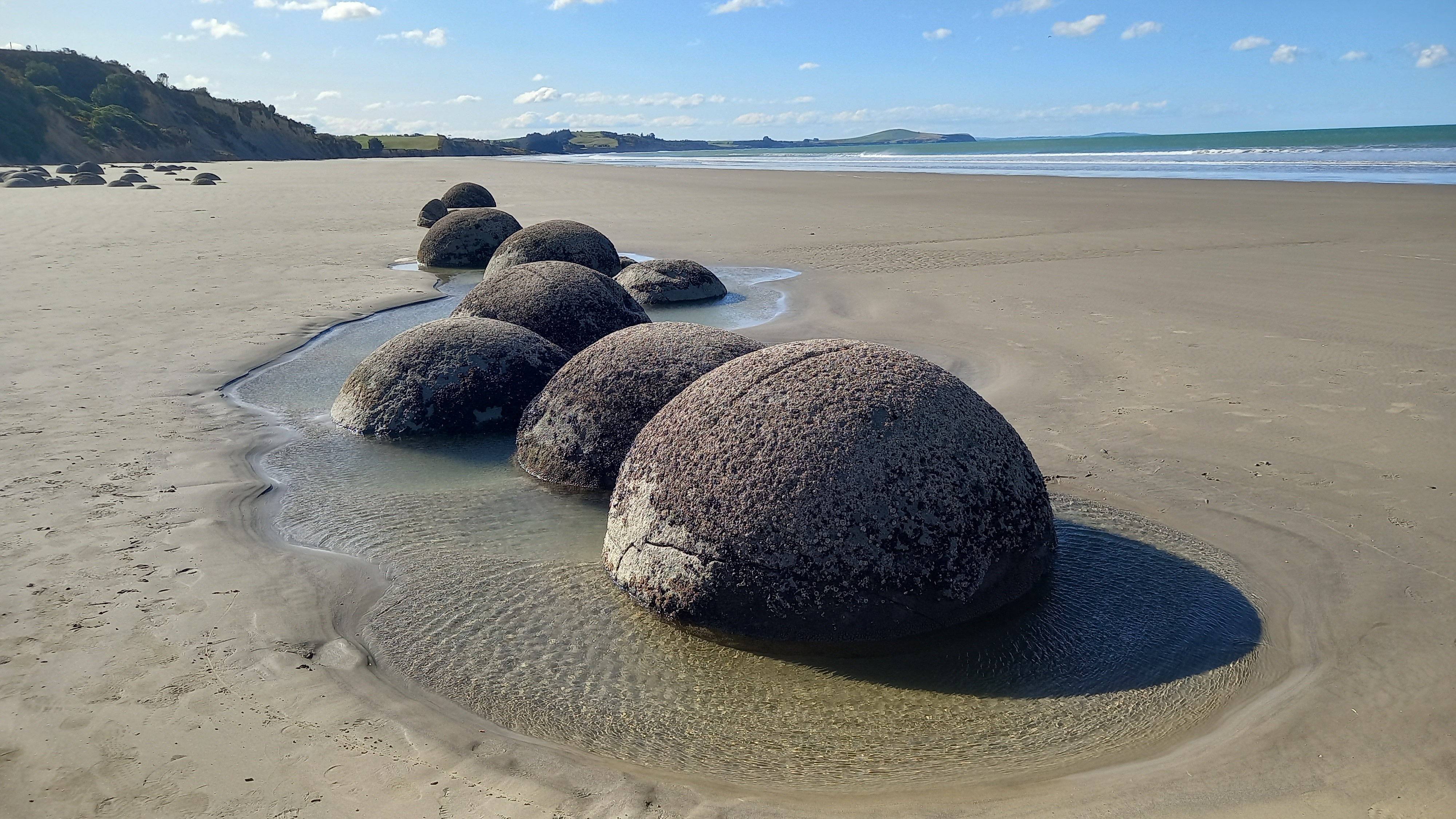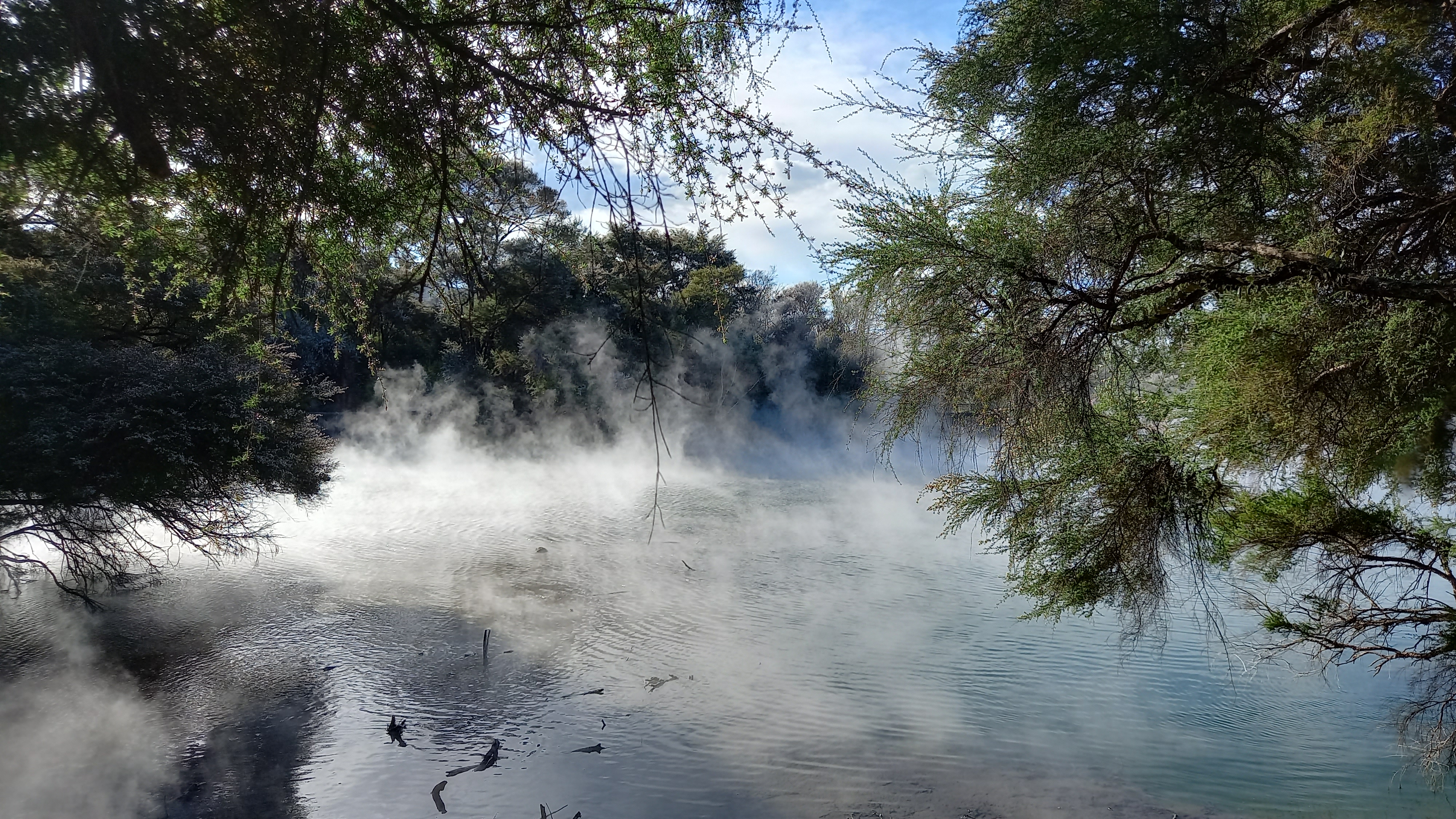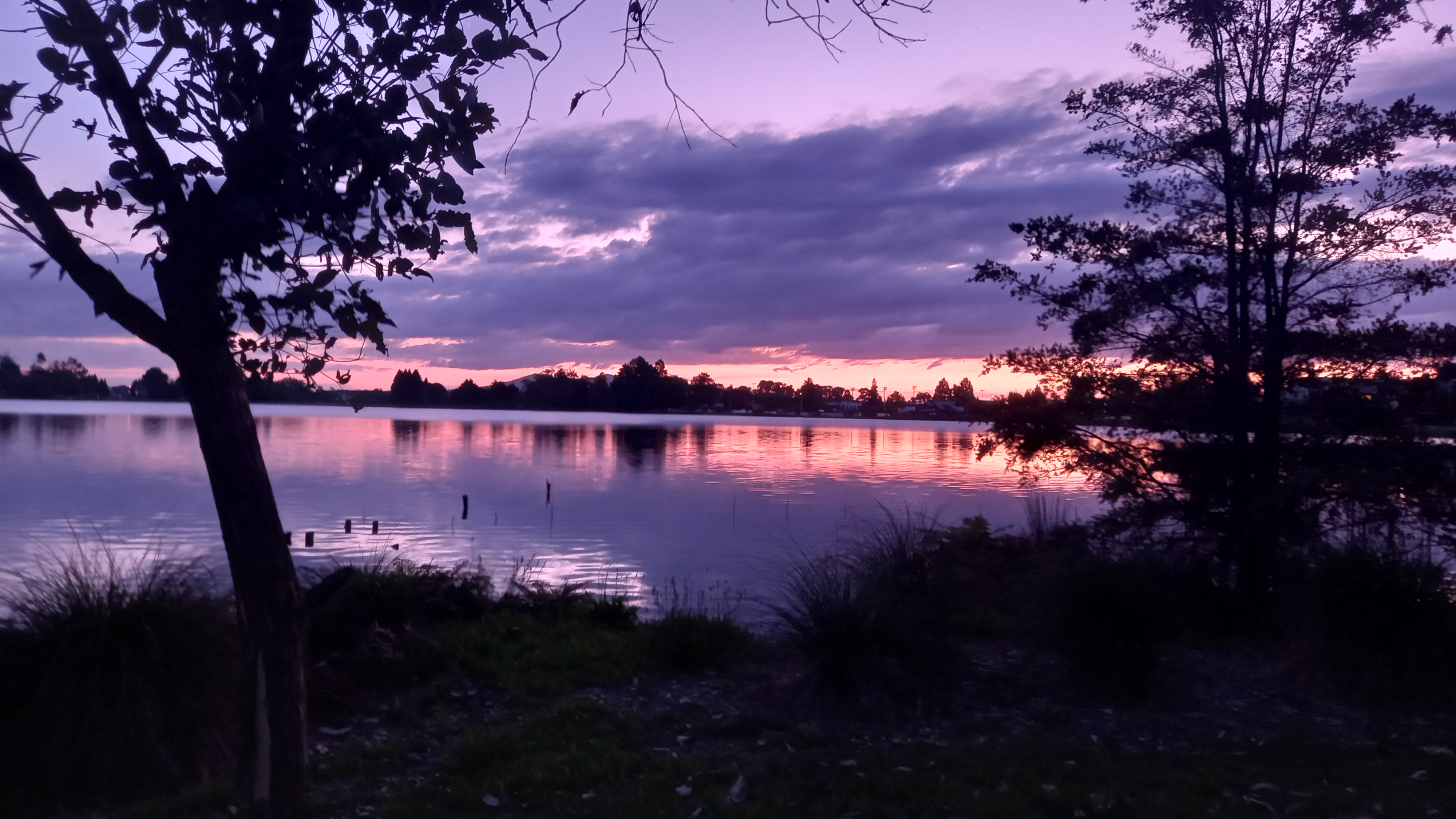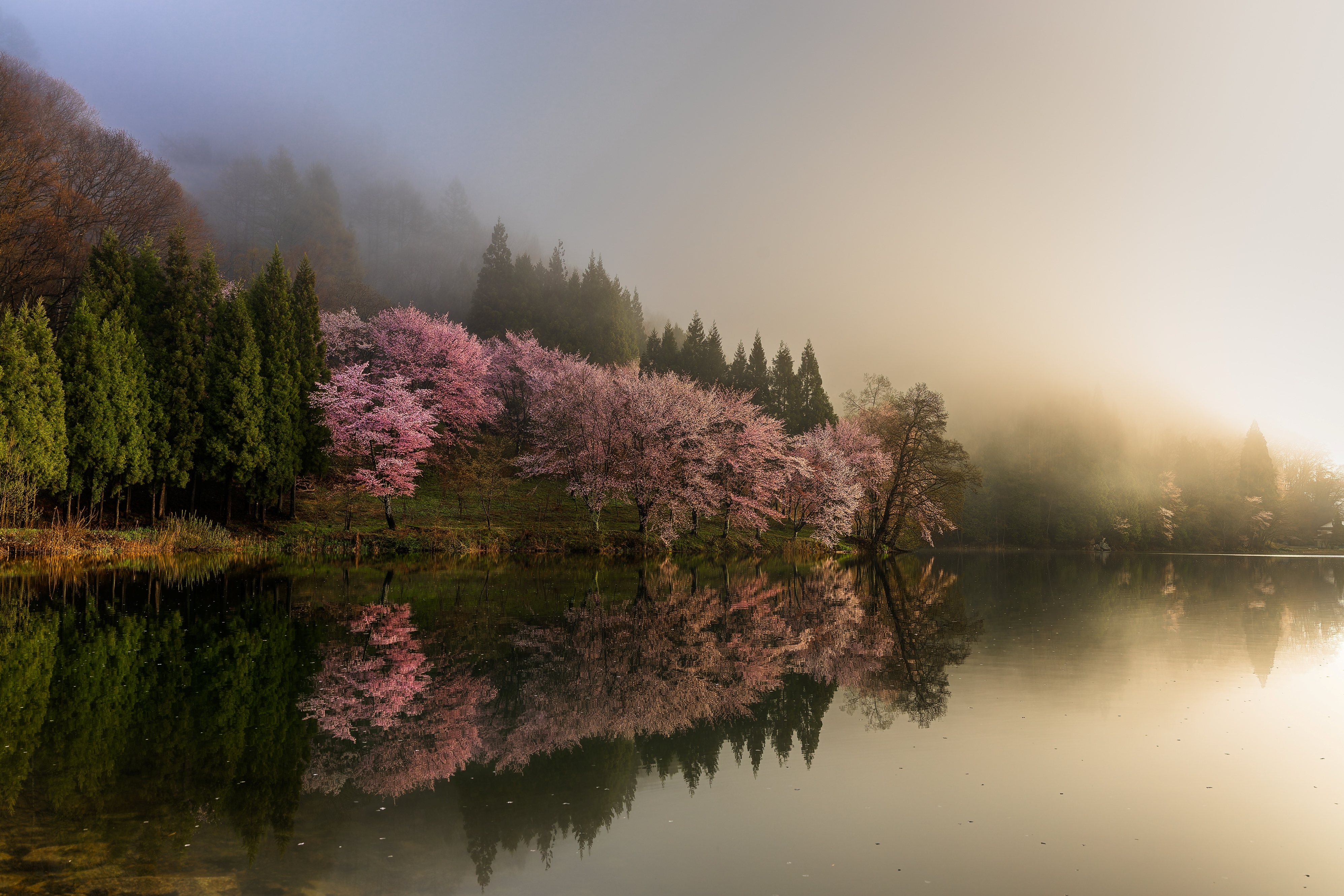
Six months. That's how long my wife and I spent wandering around New Zealand between August 2024 and February 2025, armed with our cameras and a naive belief that we'd return home with memory cards bursting with spectacular shots of Middle Earth.
Instead, we came back with what can only be described as the world's most expensive collection of "No Photography" signs.
It started innocuously enough. The glow worm caves in Waitomo? No photos. Fair enough, we thought, let's protect the worms. Then we learned that we weren't just banned from shooting the glow worms, but even the stalactites. Do rocks have rights? In New Zealand, apparently so.
Then came the Weta Workshop tour in Wellington. No photography allowed of its behind-the-scenes magic. I get it – trade secrets and all that. Though given that half its techniques seem to involve foam latex and clever lighting, I'm not sure my holiday snaps were going to bring down the special effects industry.
Protect the penguins
Our trip to the Oamaru Blue Penguin Colony delivered the next blow to our photographic ambitions. These adorable little tuxedo-wearing birds waddle ashore every evening in one of nature's most adorable moments.
And of course, we expected to be told "no flash photography". But again, the rule was no photography at all; a fact that hadn't been made clear on its website.
Apparently, even the gentle glow of a phone screen might send these creatures into existential crisis. I've seen penguins in documentaries aggressively defending their breeding grounds against intruders, including vampire bats. But show them a Canon DSLR and they're suddenly as fragile as Victorian ladies with the vapors.
The best camera deals, reviews, product advice, and unmissable photography news, direct to your inbox!
The annual World of Wearable Art show in Wellington – a spectacular, unique mix of fashion, art and performance that I'd highly recommend to anyone – continued the theme.
Despite being surrounded by the most photographically striking garments imaginable, we were forbidden from capturing any of them on camera. Copyright concerns, they explained. Because clearly, my shaky-handed tourist photos from the back of the arena were going to compete with their professional marketing shots.
But it was the museums, particularly those featuring Māori art and artifacts, where the photography bans felt most ubiquitous. Cultural sensitivity is absolutely important, and I respect the sacred nature of many "taonga" (treasured possessions or cultural treasures of the Māori people).
But when the ban extends to contemporary art inspired by traditional themes, or historical displays with explanatory plaques, or even the sign to the toilets, it starts to feel less like cultural protection and more like blanket prohibition.
Cultural clampdown
As a result, by the end of our stay, our photo album selection was looking very limited. Beaches, yes – though New Zealand's summer decided to cosplay as British weather, so most of those shots looked more drearily apocalyptic than aspirational.
Mountains from a distance, check. But anything requiring actual engagement with New Zealand's cultural or natural attractions? Verboten.
What's particularly galling is how these bans are spreading like a particularly virulent strain of bureaucratic thinking. The justifications vary – wildlife protection, copyright, cultural sensitivity, trade secrets – but the result is always the same: photography becomes the enemy of experience, rather than its natural companion.
The wildlife protection argument is perhaps the most insidious because it sounds so reasonable. Of course we want to protect animals. But when did we decide that humans holding cameras are inherently more threatening than humans without them?
Are we really suggesting that generations of wildlife photographers, from Ansel Adams to David Attenborough's crews, have been environmental vandals this whole time?
Copyright concerns are equally puzzling in the Instagram age. Museums and similar attractions invest huge sums (often of taxpayers' money) in creating shareable experiences, then seem genuinely surprised when people want to share them. They're simultaneously courting visitors while treating them as potential art thieves.
And don't get me started on the "disrupts other visitors' experience" argument. Apparently, the gentle click of a camera shutter is now considered more disruptive than the constant buzz of conversation, the rustle of souvenir bags, or the inevitable wailing of overtired children.
We've created a hierarchy of acceptable disturbances where photography sits firmly at the bottom.
Worryingly, this trend isn't confined to New Zealand – I've noticed it creeping into attractions worldwide. Even some restaurants have started banning food photography, as if sharing a picture of your overpriced eggs benedict constitutes industrial espionage.
Yes, Instagrammers can be tedious and annoying. But I still say, let them have their fun. A night out is supposed to be fun, right?
The irony is that these photography bans often defeat their own stated purposes. Want to protect wildlife? Engaged visitors who feel connected to what they're seeing – often through photographing it – are more likely to become conservation advocates.
Worried about copyright? Stop worrying and start encouraging: amateur tourist photos are the best free marketing you'll ever get.
Fears for the future
So where are we heading? Maybe I'm being paranoid, but it feels like we're creating a world where experiences become increasingly ephemeral, where the only acceptable record of our encounters with art, nature and culture are the sanitized, professional images approved by institutions.
It's turning tourism into a form of temporary amnesia. You were there, you saw it, but you're not allowed to prove it. And in our efforts to preserve and protect, we're actually erasing the personal connection that makes travel meaningful in the first place.
You might also like…
If you're heading somewhere that photography isn't a dirty word, take a look at the best travel cameras along with the best lenses for travel photography.
Tom May is a freelance writer and editor specializing in art, photography, design and travel. He has been editor of Professional Photography magazine, associate editor at Creative Bloq, and deputy editor at net magazine. He has also worked for a wide range of mainstream titles including The Sun, Radio Times, NME, T3, Heat, Company and Bella.
You must confirm your public display name before commenting
Please logout and then login again, you will then be prompted to enter your display name.




